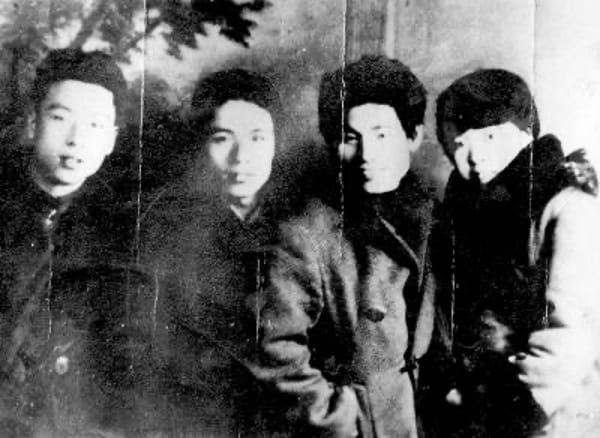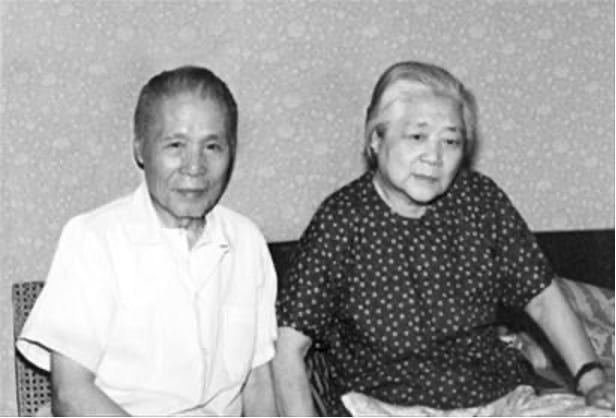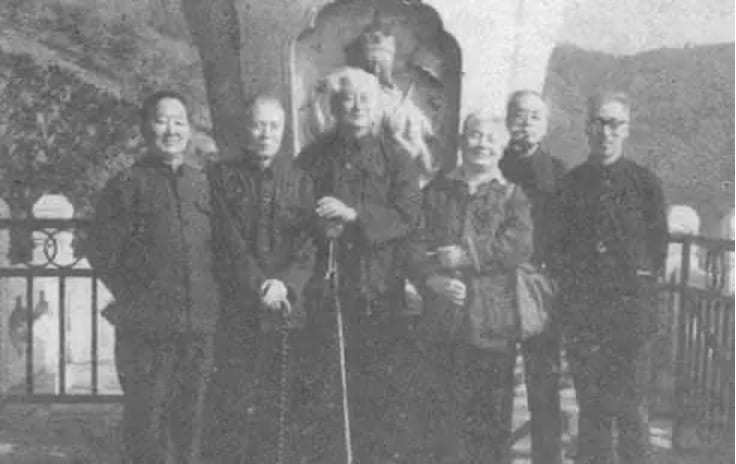Luo Feng (1909-1991). His original name was Fu Naiqi 傅乃琦. He was born in Fengtian 奉天(present-day Shenyang 沈阳), Liaoning 遼寧 province.
Luo Feng graduated from Harbin Huhai Railway Institute 哈爾濱呼海鐵路傳習所 and from 1928 participated in Communist Party (CCP)-organized activities; he joined the CCP in 1929. That same year, he married writer Bai Lang 白朗. In 1931, he worked as a propaganda worker of the Harbin East District Committee of the CCP. He also served as an alternate member of the North Manchuria Provincial Committee of the CCP. He was editor-in-chief of Ye Shao 夜哨(Evening whistle), a literature and art weekly journal, where he was assisted by his wife. In March 1934, the unit Luo worked in was destroyed and Luo was arrested; Bai Lang was monitored by the authorities. After being released on bail, the couple left for Shanghai, in 1935. Luo Feng joined the Left League 左聯 as the resident secretary of the Shanghai Artists Association 上海文藝家協會. He went to Yan’an in 1941 and served as the chairman of the Yan’an Branch of the All-China Association of Literature and Art to Resist the Enemy 中華全國文藝界抗敵協會延安分會.
The anti-rightist movement took place in 1957。Luo Feng was classified as a “rightist”, expelled from the Chinese Communist Party, and Bai Lang was sent to the Fuxin 阜新 coal mine for labor reform. In early winter 1961, their rightist labels were removed. During the Cultural Revolution, Luo Feng and Bai Lang were attacked. In 1969, Bai Lang’s schizophrenia relapsed. Luo Feng returned to Shenyang with the sick Bai Lang and lived in the office of the Liaoning Branch of the Chinese Writers Association. Soon, Bai Lang moved to Beijing to stay with at their daughter’s house. Luo Feng and their son also returned to Beijing and sent Bai Lang to the hospital for treatment. They were rehabilitated in 1979. Luo Feng suffered poor health through the 1980s and died on 23 October 1991.
– Norman Smith
Bibliography
Examples of Writing
Image Gallery

Shanghai 1936






